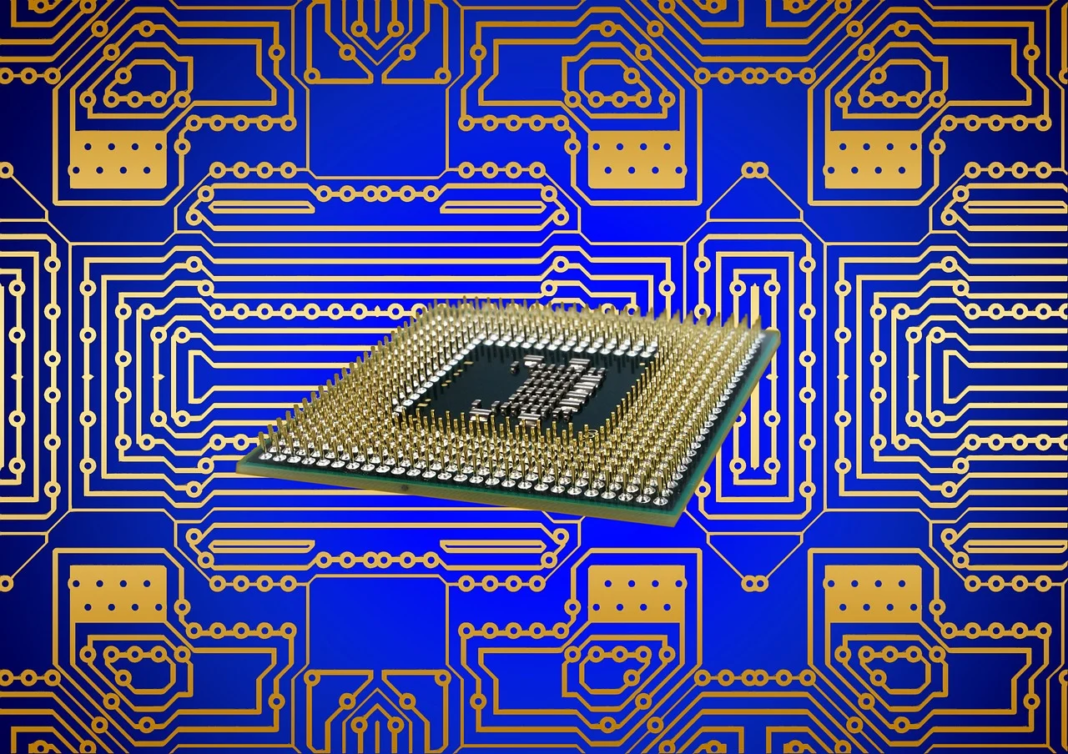Traditional computer chips run on electricity, while the emerging photonic chips use light. Now, scientists at Harvard have demonstrated a new kind of chip that transmits data in the form of sound waves.
Computer chips and circuits send and process data by modulating a particular medium. Most of the time that medium is electrons, the flow of which is modulated by components like transistors to encode data as ones and zeroes – high or low current. More recently, photonic chips have been developed that modulate photons of light and send them down narrow channels called waveguides to transmit data around the chip.
The new acoustic chip works in a similar way to the latter, only with sound waves instead of light waves. The team fashioned a modulator out of a material called lithium niobate, which changes its elasticity in response to an electric field and produces acoustic waves. By carefully adjusting that field, the modulator can control the phase, amplitude and frequency of the acoustic waves, encoding data in them before sending them down waveguides.
The team says that acoustic wave chips have a few potential advantages over those that use electromagnetic waves. They’re easy to confine to the tiny waveguide structures, they don’t interfere with each other, and they interact strongly with other parts of the system they’re used in.
“Acoustic waves are promising as on-chip information carriers for both quantum and classical information processing but the development of acoustically integrated circuits has been hampered by the inability to control acoustic waves in a low-loss, scalable manner,” said Marko Loncar, senior author of the study. “In this work, we showed we can control acoustic waves on an integrated lithium niobate platform, bringing us one step closer to an acoustic integrated circuit.”
With this first active acoustic wave chip functional, the team is working on building more complex acoustic wave circuits, and investigating how to connect them to quantum computer components such as superconducting qubits.
According to newatlas.com. Source of photo: internet















